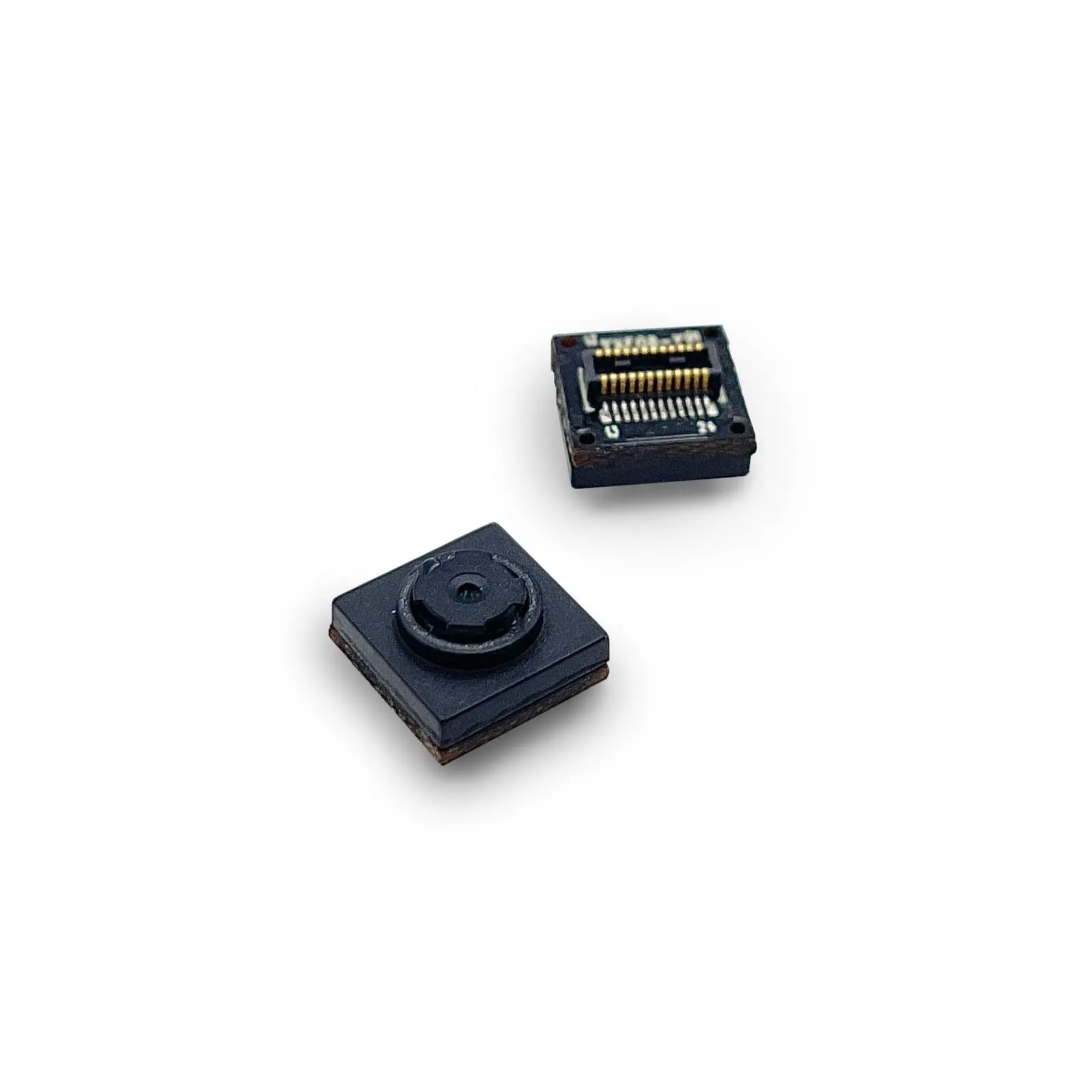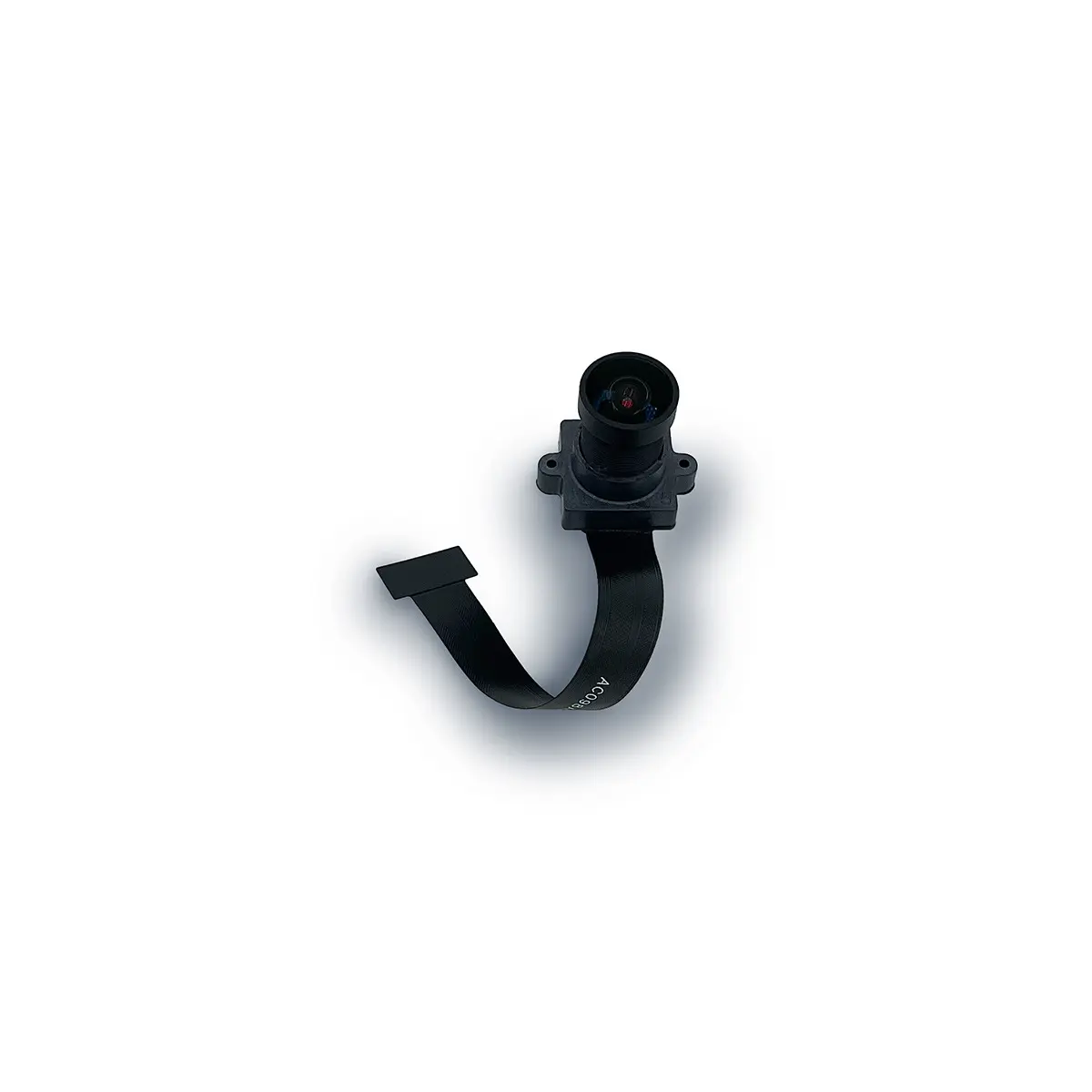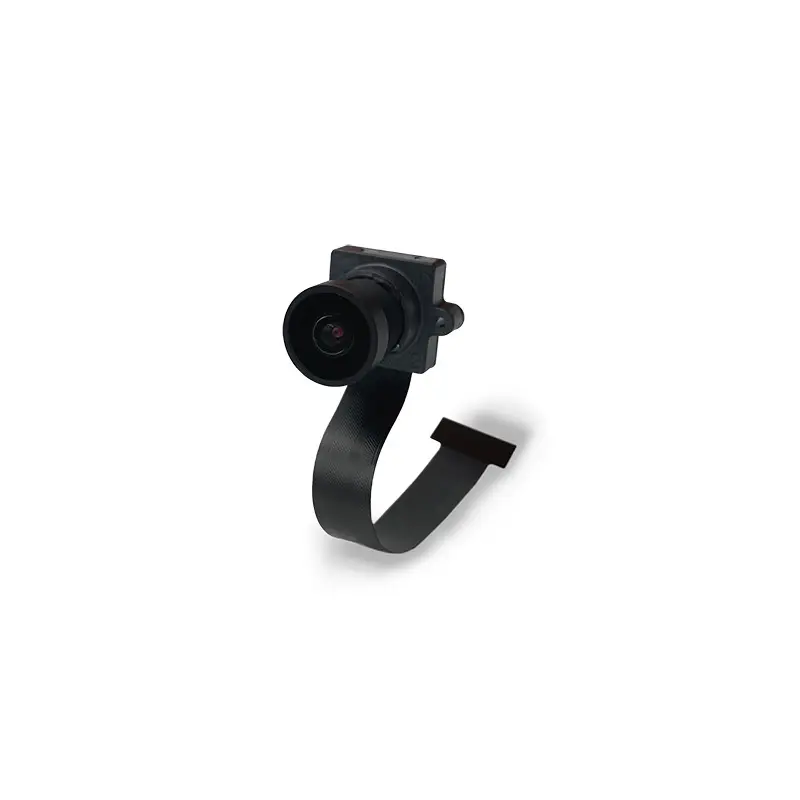What kind of mirror is a surveillance camera, and what is the principle?
2023-09-23 797 YXF
The surveillance camera is equivalent to a convex lens.
Because its camera is composed of a group of lenses, its function is the same as that of a convex lens, which is to allow distant objects (beyond 2 times the focal length) to be imaged on the sensor after passing through the lens (reducing the inverted real image).
The working principle of the camera is roughly as follows: the optical image generated by the scene through the lens (LENS) is projected onto the surface of the image sensor, and then converted into an electrical signal, which is converted into a digital image signal after A/D (analog-to-digital conversion), and then sent to the digital signal. It is processed in the signal processing chip (DSP), and then transmitted to the computer for processing through the USB interface, and the image can be seen through the monitor.
Extended information:
Application
human eye
Is the image formed by human eyes real or virtual? We know that the structure of the human eye is equivalent to a convex lens, so the image of external objects on the retina must be a real image. According to the above empirical law, the image on the retina seems to be inverted.
Is it any object we usually see, which is obviously upright? This conflict with experience and laws actually involves the adjustment function of the cerebral cortex and the influence of life experience. Due to a visual error, the human eye believes that light is emitted by an object and is directed into the human eye.
When the distance between the object and the convex lens is greater than the focal length of the lens, the object forms an inverted image. When the object approaches the lens from a distance, the image gradually becomes larger, and the distance from the image to the lens also gradually increases.
When the distance between the object and the lens is smaller than the focal length, the object becomes a magnified image, which is not the converging point of the actual refracted rays, but the intersection point of their reverse extension lines, which cannot be received by the light screen and is a virtual image. Contrast of the virtual image formed by the plane mirror (cannot be received by the light screen, can only be seen by the eyes).
Camera
The lens of the camera is a convex lens, the scene to be photographed is the object, and the film is the screen. The light irradiated on the object is diffused and reflected through the convex lens to form the image of the object on the final film; the film is coated with a layer of light-sensitive substance, which undergoes chemical changes after exposure, and the image of the object is recorded on the film
The relationship between object distance and image distance is exactly the same as that of convex lens. When the object is close, the image becomes farther and farther away, bigger and bigger, and finally becomes a virtual image on the same side. When the object distance increases, the image distance decreases, and the image becomes smaller; when the object distance decreases, the image distance increases, and the image becomes larger. One time the focal length is divided into virtual and real, and two times the focal length is divided into size.
other
Convex lenses are used in projectors, slide projectors, projectors, magnifying glasses, searchlights, cameras and cameras. Convex lenses perfect our lives and are used in our lives all the time. Farsighted glasses are convex lenses, and nearsighted glasses are concave lenses.


















